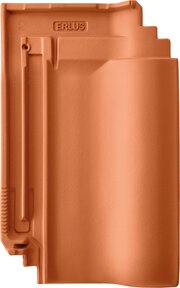ERLUS Lotus air®
Your contribution to clean air
Drive 10,000 km nitrogen oxide neutral with ERLUS Lotus air®
It pays off: ERLUS Lotus air® roof tiles break down 2.9 mg nitrogen oxides per square metre and hour¹. A 160 m² roof with ERLUS Lotus air® can convert 464 mg nitrogen oxides into harmless nitrate for every hour of sunshine. So you can drive around 10,000 km² a year with a clear conscience: thanks to the sun³ and ERLUS Lotus air®!
With the help of the sun:
The new ERLUS Lotus air® helps to reduce nitrogen oxide pollution in theair. The special characteristic: the photocatalytic coating of the clay roof tiles contains anatase, a special form of titanium dioxide that actively purifies the air.
Nitrogen oxides normally enter the atmosphere naturally, where they are degraded to nitrate. Nitrogen oxides accumulate at the point of origin, especially when air mixing is prevented. This is why the pollution is particularly high in cities with valley locations, such as Stuttgart or Würzburg, or in inversion weather conditions. With ERLUS Lotus air®, the atmospheric process can be brought forward to the point of origin.
There are plenty of roof surfaces for the air-purifying roof tile in the cities. Every year new pitched roofs are created or existing roofs are renovated. Without changing the cityscape, ERLUS Lotus air® makes it possible to reduce nitrogen oxides quite easily.
Would you like to improve the air quality in your city with ERLUS Lotus air®?
Please contact us for further information.
And this is how ERLUS Lotus air® works:
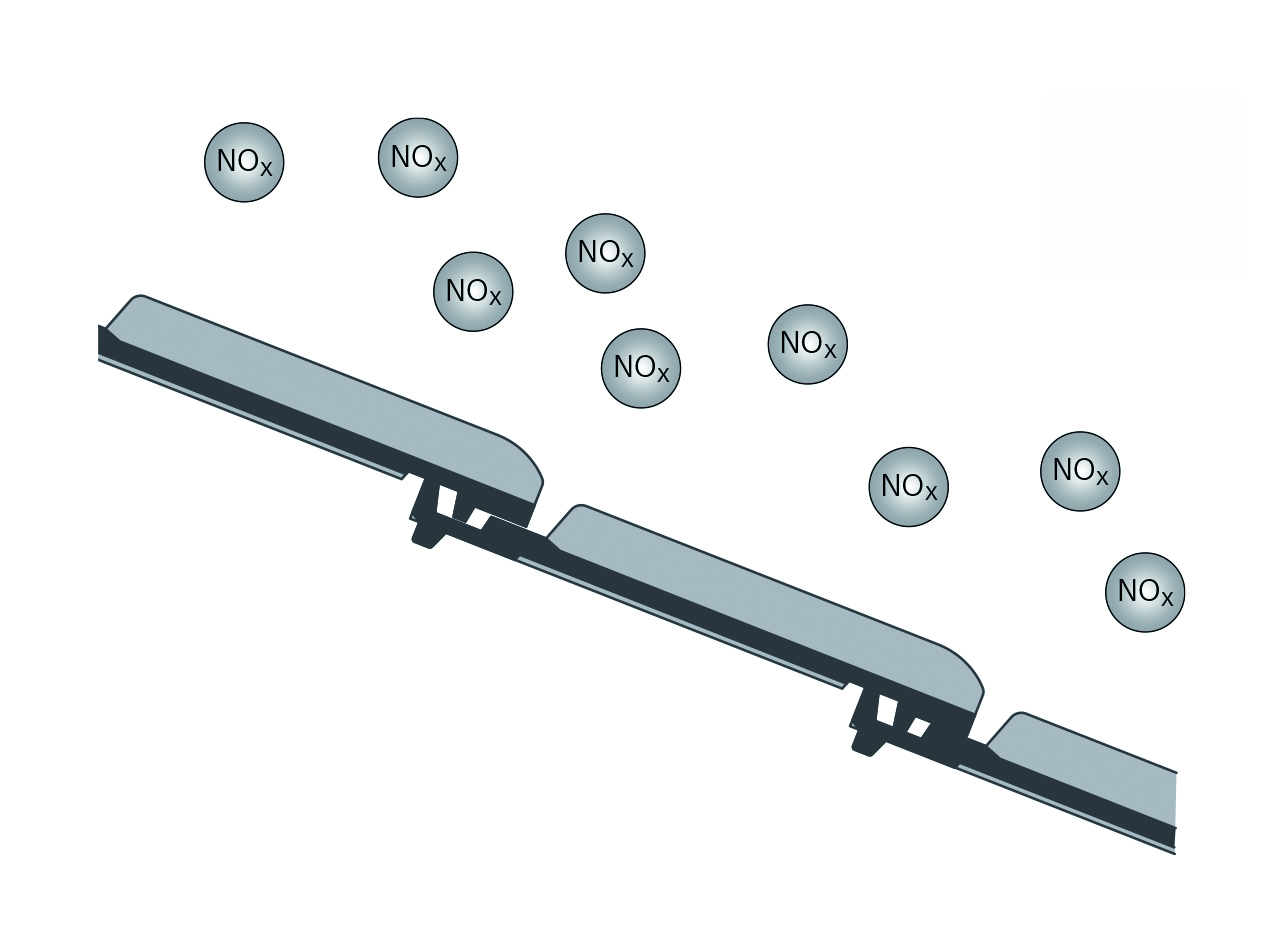
The air is polluted with harmful nitrogen oxides
As soon as nitrogen oxides touch the ERLUS Lotus air® roof surface and UV light hits the surface, the air-purifiying process begins
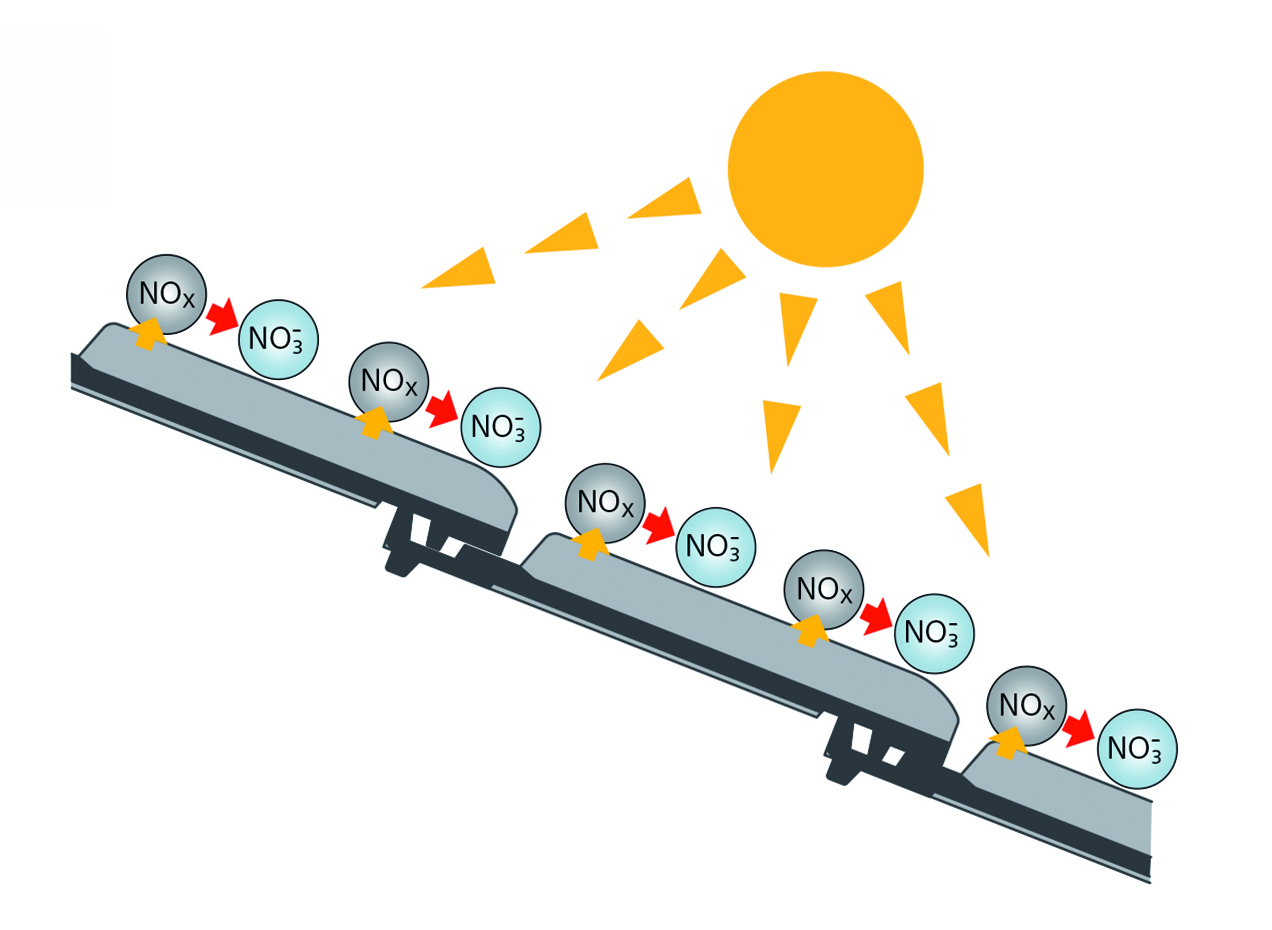
The surface of the roof tile interacts with the sun
The photocatalyst titanium dioxide needs the UV light so that NOx can be converted into nitrate.
Photocatalysis also works when the sky is cloudy. But the more intense the UV radiation, the betterthe effect of photocatalysis.
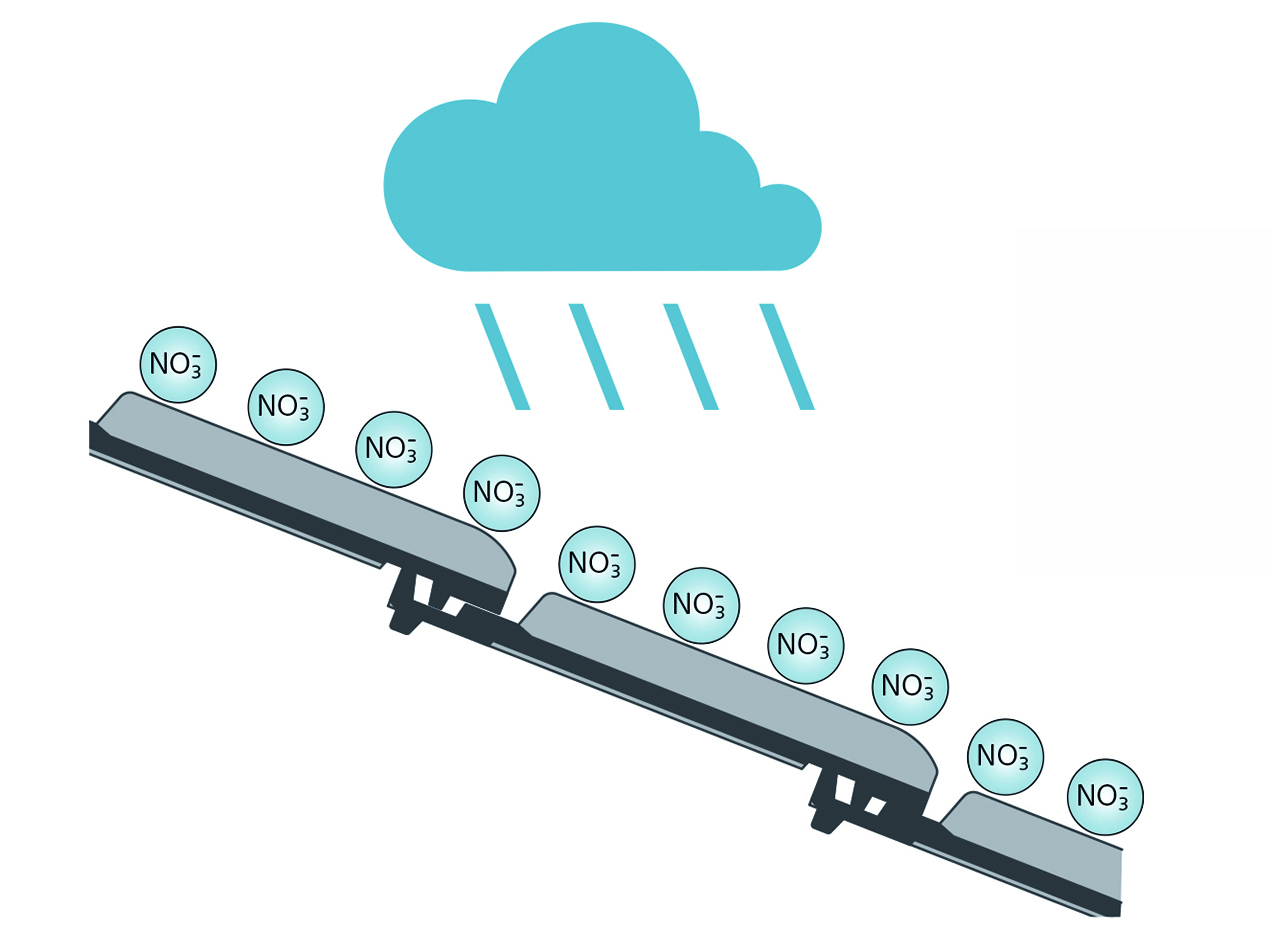
Rain cleans the surface
The rain reliably flushes the nitrate into the sewage system via the drain and cleans the roof surface. Even if it has not rained for a long time, photocatalysis continues to work.
Proven quality and high effectiveness
The "Fraunhofer Institut für Schicht- und Oberflächentechnik" (IST) in Braunschweig confirms that the ERLUS Lotus air® roof tile is photocatalytically purifying the air in accordance with the self-obligation of the "Fachverband angewandter Photokatalyse" (FAP) (Association ofApplied Photocatalysis). A degradation potential of 2.9 mg/m² in one hour was certified. The measurement was based on ISO 22197-1, according to the FAP specifications for the determination of NO degradation performance of photocatalytically active products.
Durable and sustainable
Titanium dioxide is the photoactive catalyst of ERLUS Lotus air® that breaks down the nitrogen oxides without consuming itself. The titaniumdioxide particles are permanently bound in the inorganic surface coating and are therefore completely harmless to humans and the environment. If the tiles have to be disposed of at a later date, the same guidelines apply as for the natural building material clay roof tiles.
As part of a long-term study, ERLUS Lotus air® has also been tested for long-term functionality since spring 2009.
Trial areas for the air-purifying roof tile surfaces can be found at several locations in Germany.
Functional, even under extreme weather conditions
Since the catalyst consists of individual titanium dioxide particles, it remains photocatalytically active even in the event of partial surface damage such as hail. Apart from this, the Ergoldsbacher clay roof tile is very robust and has been awarded hail resistance class 4: so hailstones the size of a chicken's egg can pelt onto the roof without damaging the tile.
ERLUS AG is member of
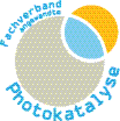
Developed at Forschungsverbund

Sponsored by the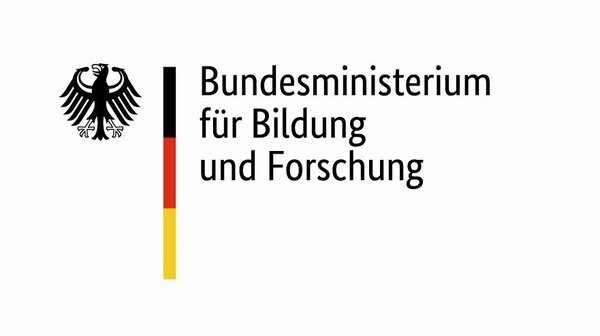
-
The degradation rate was certified by the Fraunhofer Institute and determined under standard conditions (1 ppm NO-content).
-
Calculation based on diesel car Euro 6 standard: 80 mg NOx/km permitted
-
Calculation based on 1,752 sun hours/year (5-year average 2013-2017 for Munich, www.wetterkontor.de)
